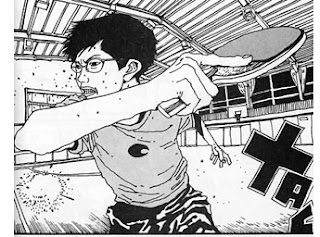Story Toy

As I work on the story for Nonplayer, I'm frequently reminded that I'm not a very good writer. Which isn't to say I can never be a good writer -- after all, I'm just barely making a dent in my ten thousand hours . Clearly, I'm thinking about story much more than I used to -- there's a new dread that seeps into the back of my head whenever I watch a movie or read a comic that has the same shortcomings I'm encountering in my own work. How is it that I walk away from those experiences with the feeling that I've failed somehow? I didn't even write that movie! It's a strange thing. Here's a tentative first pass at a definition for "story": a story is sometimes more than, but never less than, a sequence of significant events. I might even venture that those events need to have some narrative connection to one another, but maybe a thematic relationship is all that's really needed. Jackass 3D worked fine, right? Well, okay, maybe...


